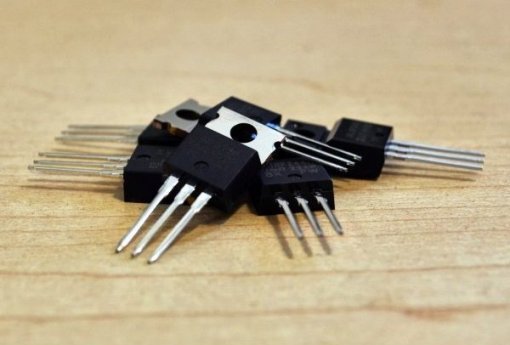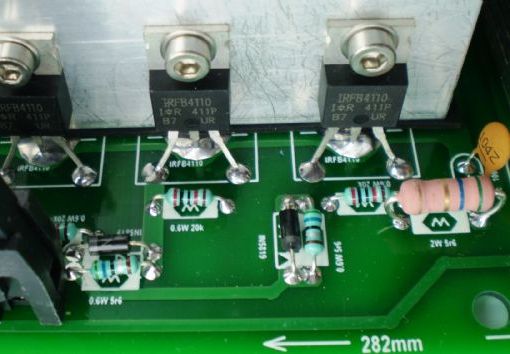Categories: Repair of household appliances
Number of views: 17104
Comments on the article: 3
Why do transistors burn?
Even the best, original and true field effect transistors always fail for the same reason - because of exceeding any of their maximum permissible parameters. We will not take into account mechanical damage to the cases and legs, instead, we note two main harmful factors - violation of the thermal regime and excess of critical voltage. Violation of the thermal regime means the excess of the permissible temperature of the crystal, which is usually directly related to the increased current, so we will consider in detail this aspect of the problem.
Generally speaking, we can say that the field effect transistor fails either from overvoltage or from overheating. And if there are no reasons for exceeding the permissible parameters, then the transistor will retain both its operability and the operability of neighboring components, not to mention the nerve cells of the owner of the device for which this transistor was intended. So, let's see why transistors burn.

Overvoltage
Field effect transistors - These are very delicate semiconductor devices with several transitions. And it would be a strong simplification to say that a breakdown in voltage is possible here only from an awkward touch with ungrounded tweezers. In fact, voltage breakdown is possible in two scenarios: gate-source or drain-source.
The gate-source breakdown usually occurs due to a malfunction in the driver stage of the control circuit or due to interference, including due to interference from the drain due to the Miller effect. Of course, modern transistors are characterized by a very small drain-gate capacitance, however, exceptions can be caught from time to time, especially in circuits with a high rate of voltage rise across the drain.
To combat the Miller effect, active shutter discharge circuits are used, or at least put a reverse diode with a zener diode in the field shutter circuit. As for the quality of the driver circuits themselves, higher reliability is shown by control circuits with galvanic isolation, in particular, solutions on gate control transformers.
For a breakdown in voltage in the drain-source circuit, a field-effect transistor only needs a few nanoseconds to burn from an inductive surge of large amplitude at the drain. To combat overvoltage on the drain, soft-start circuits, active limiters or passive snubber circuits with capacitors and resistors, or varistor voltage limiters on the drain are usually used. Those and other protective paths are forced preventive measures for protecting field-effect transistors, they are very common and accepted as the norm among developers of power electronics.

Crystal overheating
The most common cause of transistor overheating is poor attachment of the transistor case to the radiator or simply poor-quality contact between the radiator and the transistor. To protect against this phenomenon, it is best not only to use heat-conducting substrates and pastes, but also use temperature sensors that would turn off the circuit when overheating occurs.
Medium current overload is another reason for the transistor to overheat. Most often in pulse converter circuits they are struggling with it by gradually increasing the frequency and width of the control pulses. This is necessary in order to avoid exceeding the average current, for example, during a cold start of the device, when empty capacitors are charged or the engine is started, which has yet to gain speed, and if you apply full current immediately, the transistors will instantly overload. Current feedback circuits in push-pull circuits also contribute to the protection of transistors.
And of course, through current, where would you go without it. The developers of half-bridge circuits do not know about it by hearsay.It will save the competent calculation and design of the control circuit and feedback circuits, as well as a soft start with a slow increase in the repetition rate and width of the control pulses.
See also at bgv.electricianexp.com
:
